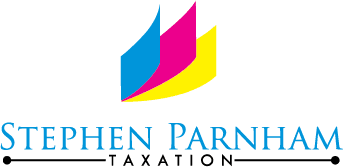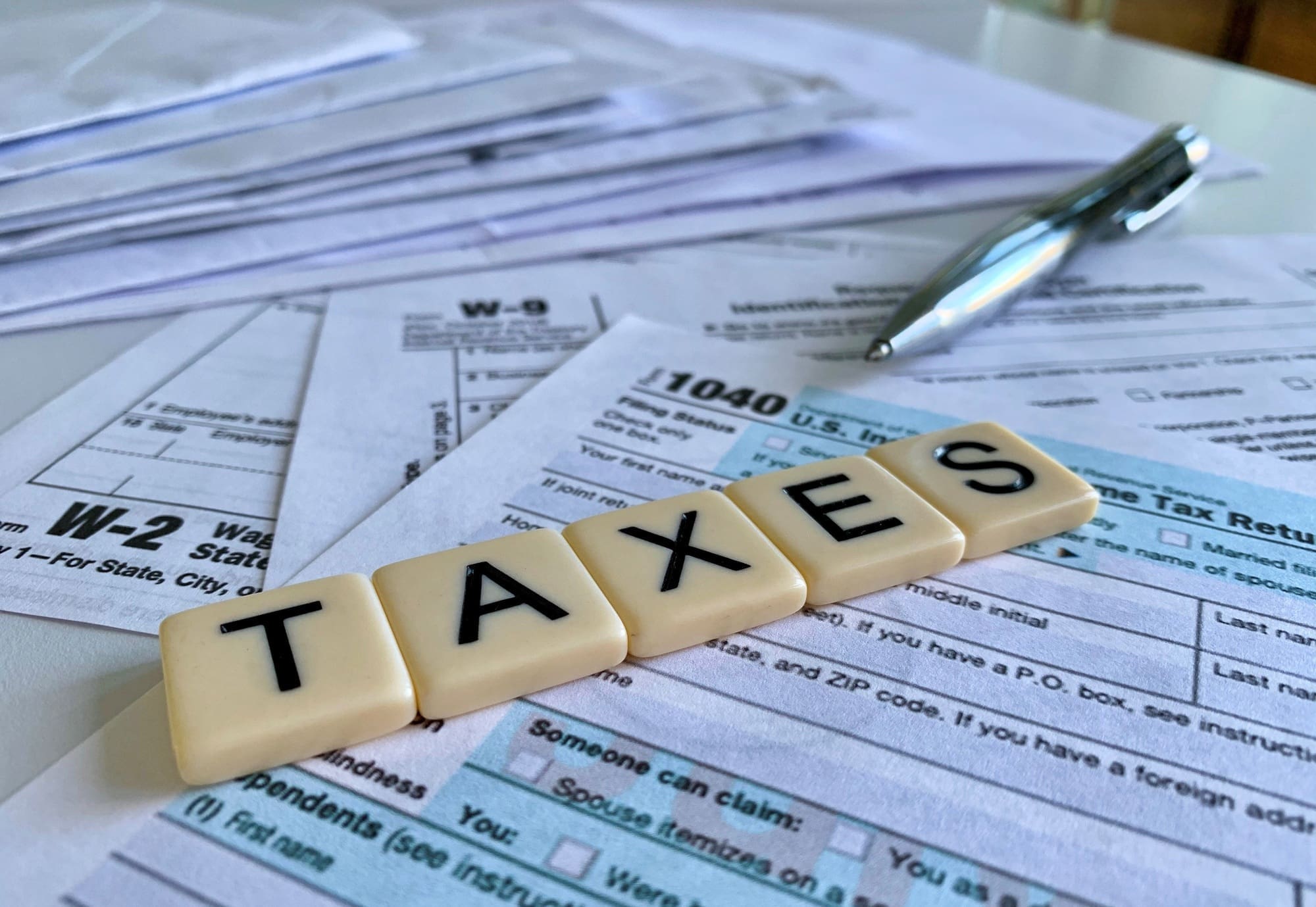In Execs of Estate of D S Campbell Dec’d v HMRC [2018] TC06389, the First-Tier Tribunal held that outstanding rents on a lease related to the deceased’s business, were deductible in calculating the value of the Business Property Relief qualifying business and not entitled to separate relief.
The brief facts:
- Mr Campbell had a fine art business in London and traded from a Kensington property.
- The lease was a ten-year lease which was due to run until 2015 and the annual rents were £22,750.
- In Mr Campbell’s inheritance tax return, the business assets were treated as part of the business and business property relief was claimed.
- The outstanding lease payments due, being £113,750, were taken as a deduction against the general estate.
- HMRC increased the inheritance tax payable by £45,500 due on the basis that no relief for the outstanding rent payments was due.
The FTT found for HMRC that:
- The business property relief rules require that a business is valued based on its net value. That is including goodwill and reduced by the aggregate of any liabilities.
- The lease made was part of Mr Campbell’s business
- The lease payments were made out of Mr Campbell’s business account.
- The lease payments were taken as revenue deductions against the business.
- The liability to make ongoing payments on a lease of business premises, clearly falls within the definition of a liability of Mr Campbell’s business.
- The outstanding lease payments are deducted in arriving at the value of the business. The business then qualifies for business property relief and, as such, the outstanding lease liabilities do not get any relief.


